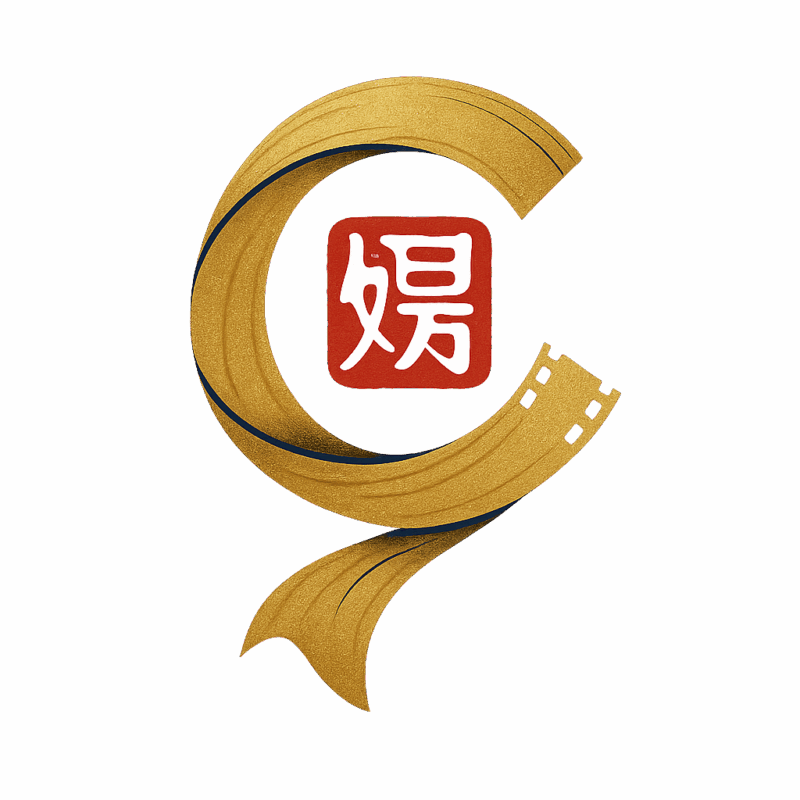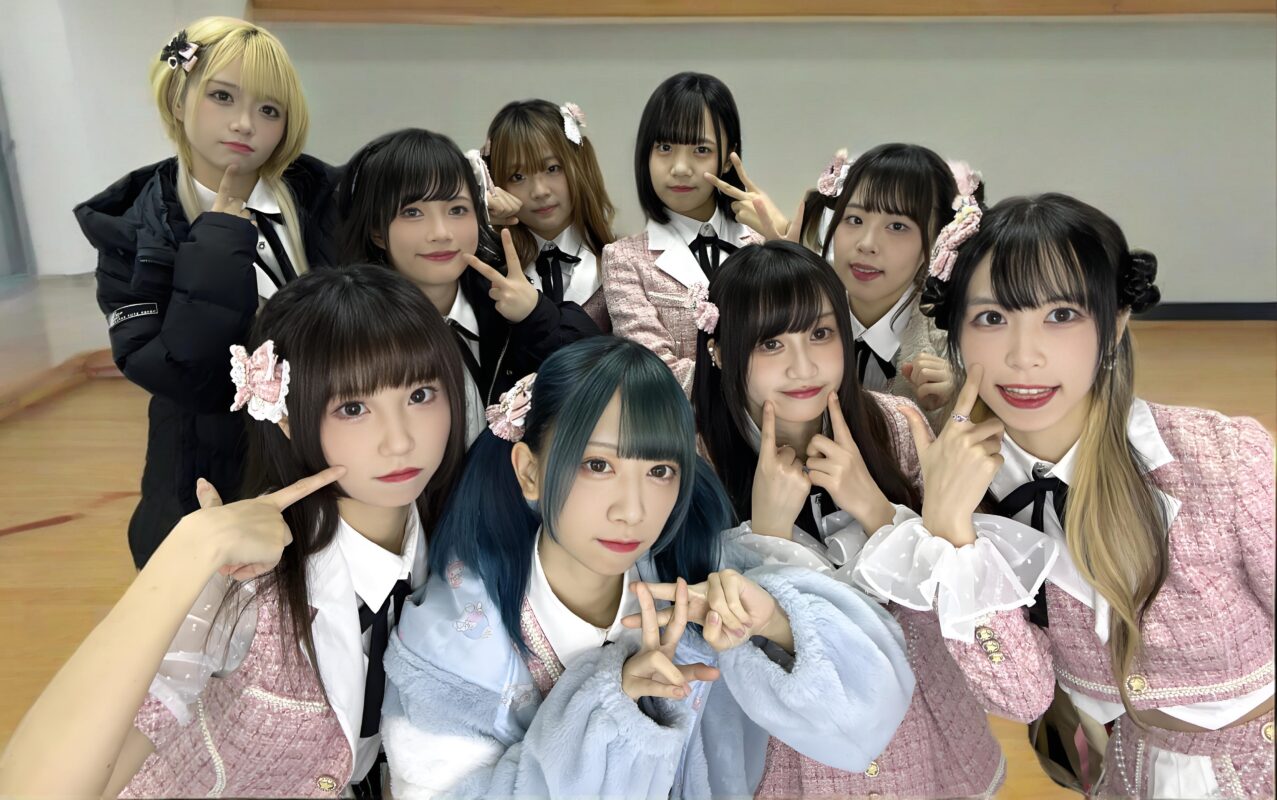StarWinK: A Rising Spark in China’s Underground Idol Scene
1. Origins and Identity: Building the StarWinK Universe
Emerging from the bustling cultural crucible of Shanghai, the girl group StarWinK began as an ambitious collective of performers with a shared love for performance, pop music, and idol culture. Originally formed under the name “Starwink Girls Group,” the group officially came together on April 1, 2021, before stepping into the spotlight with their stage debut on May 5, 2021, at the inaugural MTL live showcase. While the mainstream Chinese entertainment industry has been known for its polished and commercial idol groups, StarWinK carves a distinct niche by operating within the underground idol circuit, a scene more intimate, grassroots, and creatively unfiltered.
In its short span of activity from 2021 to the present, StarWinK has become a recognizable name within niche idol fandoms across China. Their performances often reflect a unique fusion of indie idol aesthetics with subtle references to traditional J-pop and K-pop stage culture, all while cultivating a sense of community between members and their loyal fan base. The group operates outside the highly commercialized ecosystem, which allows them creative autonomy and a deeper fan-performer relationship, typical of underground idol movements.
2. The Evolving Lineup: Present and Past Members
The current incarnation of StarWinK comprises eight diverse and charismatic members, each contributing a distinct personality, performance style, and visual identity to the group. Like many idol formations, StarWinK’s lineup has shifted over time, but its evolving roster has allowed the group to continually refresh its stage presence while maintaining its original artistic vision.
Current Members (2024)
- Remiki (熹熹) — Representing the color Purple, Remiki has been a mainstay of StarWinK since its inception in 2021. Known for her mature vocals and stable stage charisma, she often functions as the de facto leader and emotional center of the group.
- Mochi (饼) — Associated with Yellow, Mochi brings a playful yet grounded presence. Her nickname and persona match her soft and cheerful stage demeanor.
- Nana (奈奈) — Marked by the color Orange, Nana has a strong connection with fans due to her warm vocals and approachable nature. Her energy is often described as radiant and steady.
- Rion (小璃) — A White member who joined in 2023, Rion adds elegance and modernity to StarWinK’s overall tone, balancing traditional idol sweetness with a more sophisticated edge.
- Yuu (羽悠) — Also joining in 2023, Yuu brings Light Blue to the group palette. Her dancing skills and soft-spoken charm have quickly made her a fan favorite.
- Yoruko (夜夜) — With a dramatic Red aura, Yoruko became part of the group in 2024. She stands out for her theatrical flair and emotionally driven stage expressions.
- Koimo (小芋) — Representing Green, Koimo is another 2024 addition. Her quirky charm and high-energy performances help round out the ensemble’s dynamic.
- Boru (宝露) — The most recent Pink member, Boru joined in 2024 and brings youthful vibrancy and a vibrant stage presence that reflects her fresh enthusiasm.
Former Members and Departures
Since its formation, StarWinK has seen numerous members pass through its ranks, with several departures happening quietly and others marking turning points in the group’s evolution. Most notable among former members are Luna (Pink, 2021–2023), Man Yi (White, 2021–2023), and Koyuzu (Red, 2021–2024), all of whom contributed significantly to StarWinK’s early development and stage identity. The most recent departure was Moroko (可, Cyan), who left in 2025 after four years with the group, symbolizing the end of an era.
These frequent lineup changes, while common in underground idol groups, have not weakened the unity or brand of StarWinK; instead, they’ve introduced a rolling evolution that keeps the group’s energy fluid and adaptable.
3. Performance Culture and Artistic Direction
Stagecraft and Visual Identity
One of StarWinK’s defining strengths lies in its commitment to an evolving visual storytelling language. Each member’s assigned color not only provides fans with a visual anchor but also builds a larger mythology around the group’s aesthetic. Drawing inspiration from both Japanese underground idol culture and Chinese pop subcultures, their costumes often mix cute, elegant, and experimental styles—designed for both stage clarity and character expression.
The group performs regularly at underground showcases, community events, and themed idol nights across Shanghai and other Chinese cities, where they engage directly with their fan base, often performing in smaller venues that foster a high level of intimacy. Their performances blend choreographed routines with heartfelt talk segments, birthday events, and fan interactions, forming a holistic experience that goes far beyond the music itself.
Fan Engagement and Community
Unlike polished idols managed by large agencies, StarWinK leans heavily on a grassroots community model, where fans feel they are part of the group’s journey rather than just spectators. Many members maintain personal or semi-professional social media accounts, occasionally sharing backstage photos, personal thoughts, or hand-written notes to fans. This raw and personal style of communication is part of the underground idol philosophy: proximity, sincerity, and progression over perfection.
4. Branding, Social Media, and the Road Ahead
Although relatively small in scale compared to mainstream idol groups, StarWinK has steadily built a digital presence. Their social media activity, especially on Chinese platforms like Weibo, Bilibili, and emerging underground idol networks, serves as a channel for promoting performances, sharing music teasers, and offering behind-the-scenes glimpses into the group’s daily life. Their branding is a blend of quirky visual cues, pastel color schemes, and personalized art elements—often fan-created or member-designed—which collectively embody the DIY ethic that defines the group’s identity.
StarWinK’s presence in the broader Chinese idol scene remains niche, but its dedication to building from the ground up continues to attract attention from fans who value authenticity over polish. With a growing core of performers and consistent engagement with their base, StarWinK represents the vitality and resilience of China’s independent pop and idol culture, standing as a beacon for grassroots artistry in a landscape increasingly dominated by mass production.

